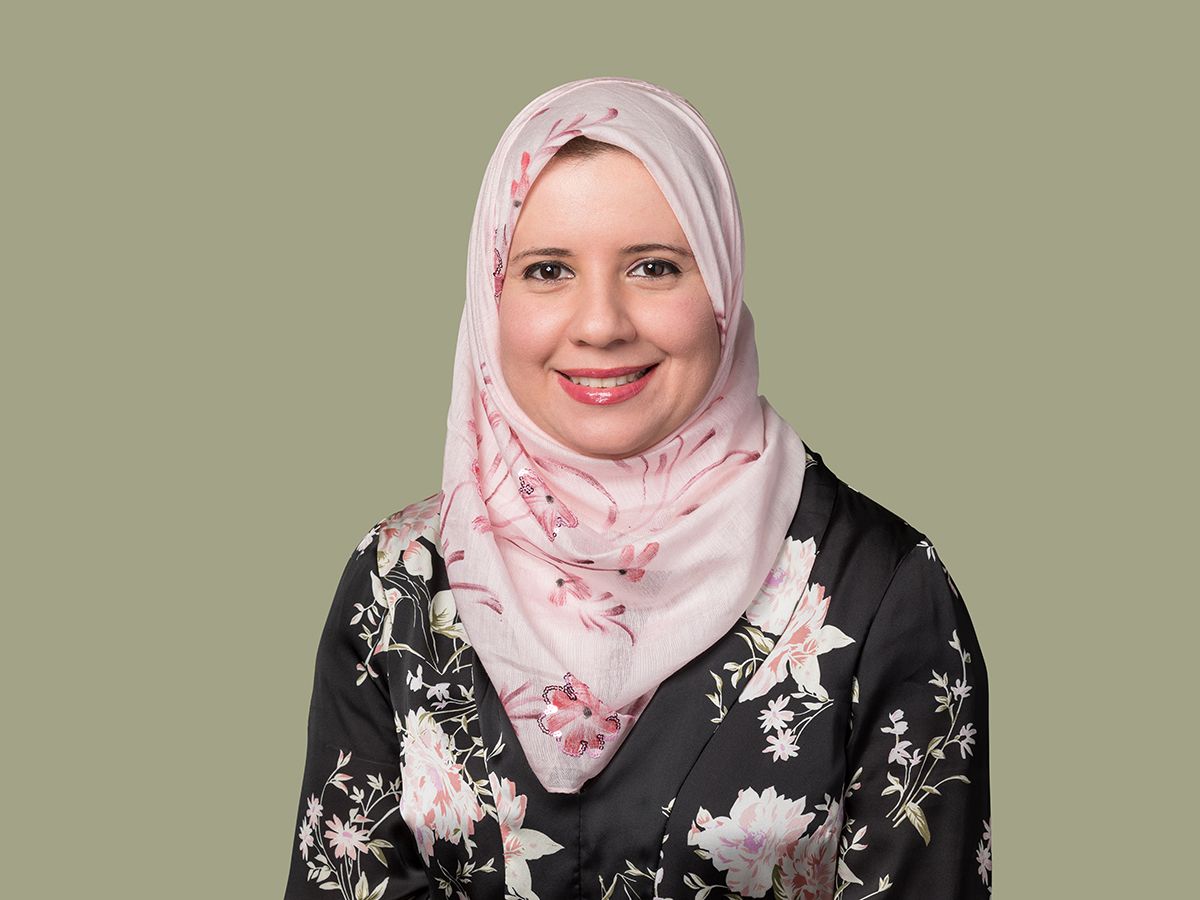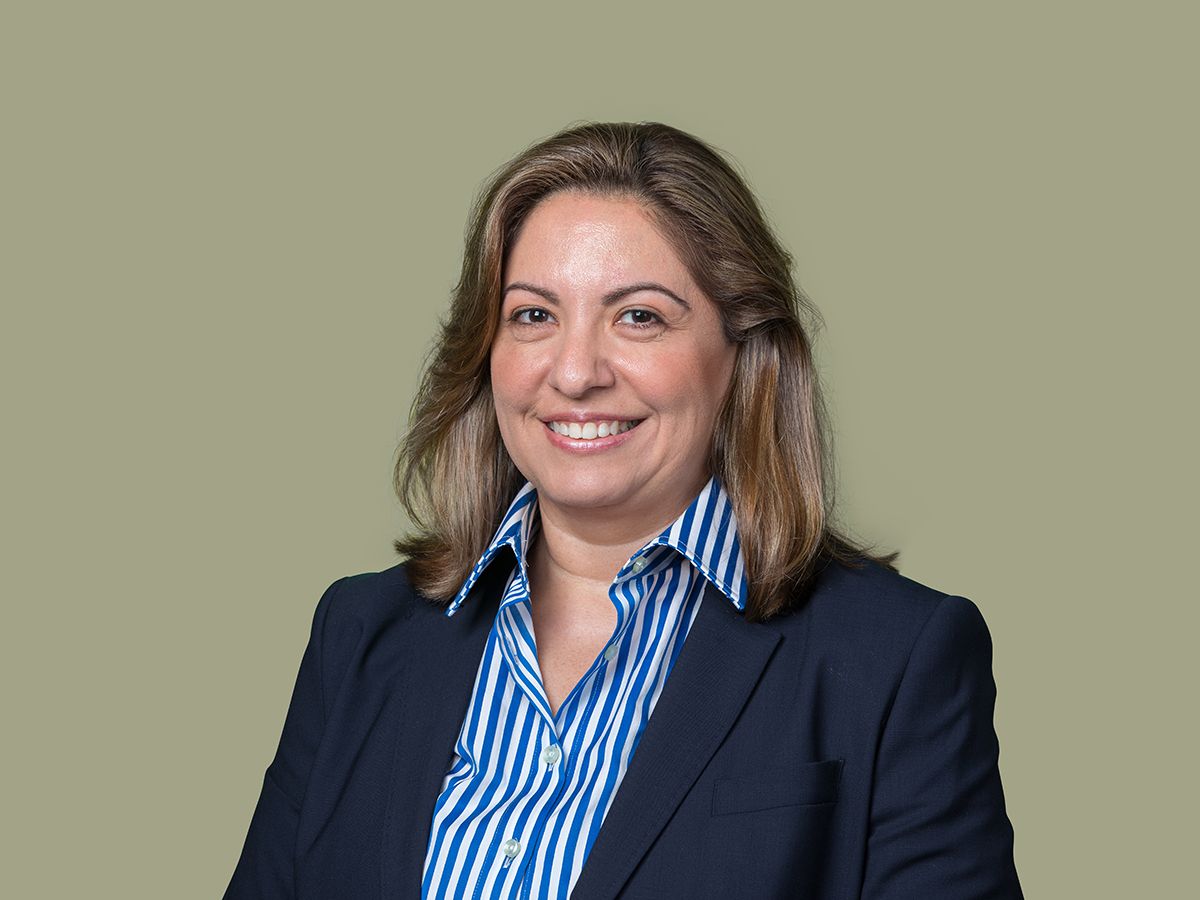
Almost a third of the UAE’s female population has breast cancer, says Dr Sura Alwan, Specialist Obstetrician and Gynaecologist at Medcare Women and Children Hospital, Al Safa, quoting recent studies. And while it isn’t just women — men may get breast cancer, too — they are at greater risk of contracting the disease.
This is especially true for women over 50, explains Dr Alwan. “Simply put, genetics, age and gender are the biggest risk factors for breast cancer. Women are recommended to perform monthly regular self-examinations of the breast to check for lumps. They should also undergo annual breast cancer screening. Both of these habits can help with early detection.”
There are certain periods in a woman’s monthly cycle when owing to a flush of hormones, lumps are easier to discern. “The best time to perform a self-examination for premenopausal women with a regular cycle is three to five days after their period,” she says. ”Post-menopausal women or women with irregular cycles can pick any day of the month for their examination. The examination can be performed at any point in the day.”

It may seem like a no-brainer, the checking of your breasts, but a thorough assessment calls for technique. Dr Al Alwan explains: “You can stand in front of a mirror and check your breasts for any changes in shape, size, skin texture and nipple shape. Once the inspection is complete, you can begin the examination. The key thing to remember here is to use the fat pads of your three fingers for the examination.
“While there are many different methods to perform the examination, the circular method is the easiest. Applying different pressures, start from the outside of the breast, going in circles, to the inside. Once you have examined the breast, you should also examine the underarm for any lumps. A successful breast examination takes time and you should not rush through it. Relax, and take your time.”
If you feel a hard or a painful bump in your breast or armpit, it’s time to see a doctor for further investigation. Some other changes that warrant a visit to the doctor are a sudden change in the appearance of the size of the breast, dimpling of the skin, breast pain, or a change in nipple shape, adds Dr Al Alwan.
The thing to remember when scrutinising your body for anomalies is that not every lump will be cancerous just as an absence should not get you out of your annual medical exam. It’s one of the least known facts about breast cancer, says Dr Alwan, that in the early stages you may not feel a lump. “In the early stages, you may not be able to see or feel a lump at all. Instead, there might be skin dimpling, breast pain, an inverted nipple or a change in the size of the breasts.”
Still, should you chance upon a bump, it will need a biopsy to determine cause.
“If the lump is confirmed as breast cancer after biopsy, and after all the imaging investigations are completed, it is usually recommended to commence treatment by a multidisciplinary team of specialist doctors, made up of breast surgeons, medical oncologists and radiation oncologists,” explains Dr Rita Daaboul, Consultant General Surgeon at Medcare Women and Children Hospital.

Depending on factors such as size of lump and spread of disease, treatment is tailored for the individual at Medcare’s facilities. “Treatment can include a combination of surgery, chemotherapy, radiotherapy, hormonal treatment, and possible immunotherapy,” says Dr Daaboul.
“The rates of survival are based on the stage of cancer. The easiest way to describe the staging of cancer and the prognosis is to look at five-year survival rate data. For breast cancer localised to the breast, the five-year survival rate is 99 per cent.”
Early detection is then key to the recovery process. “We, at Medcare Women and Children Hospital, are firm supporters of the early detection of breast cancer and have a special breast cancer screening package that includes ultrasound or mammogram with consultation at a discounted price,” says Dr Alwan.
The healthcare group has armed itself with state-of-the-art equipment that uses minimally invasive, safe and quick tech, be it ultrasound, mammography, or MRI to diagnose and begin treatment on patients. “Our team of the highest trained and experienced specialists work towards diagnosing the patient not only very accurately, but also with much kindness and compassion so that the journey is as comfortable as possible,” says Dr Daaboul.
In a bid to offer the highest levels of compassion, empathy and support, there are female specialty groups of treatment givers and counsellors on hand to help both the patient and their families navigate the tricky terrain of recovery.




